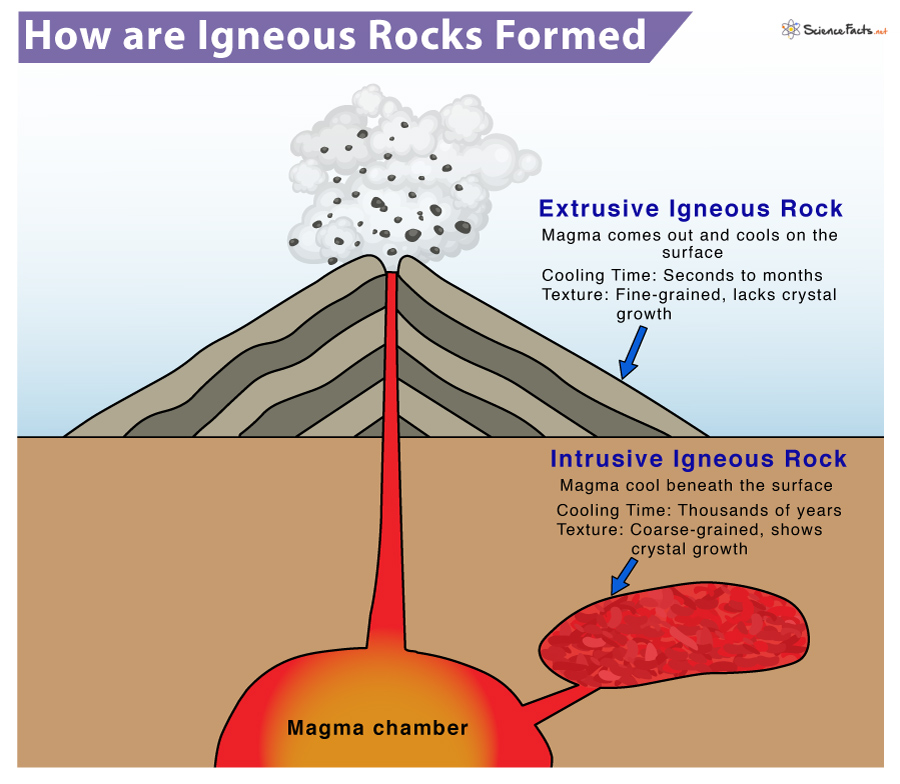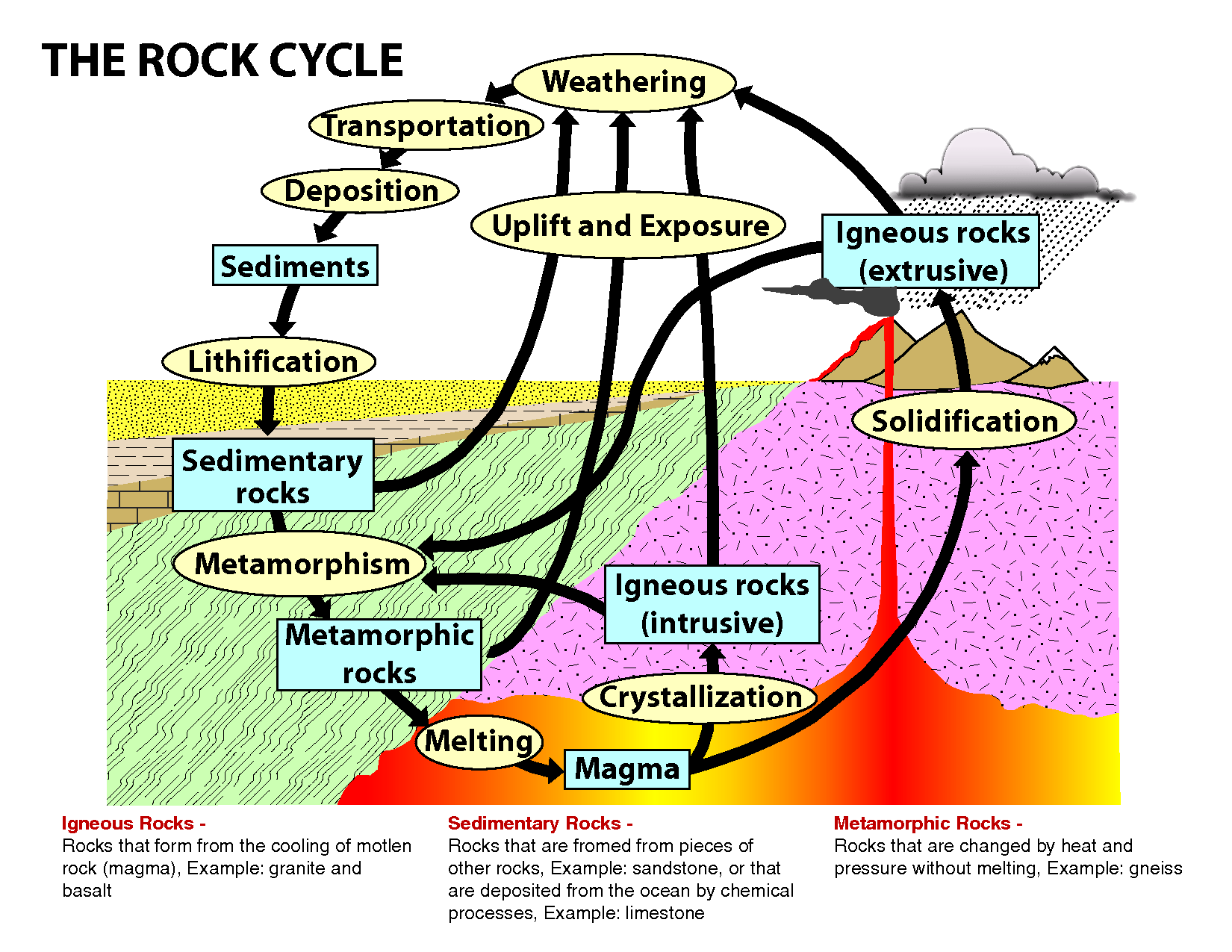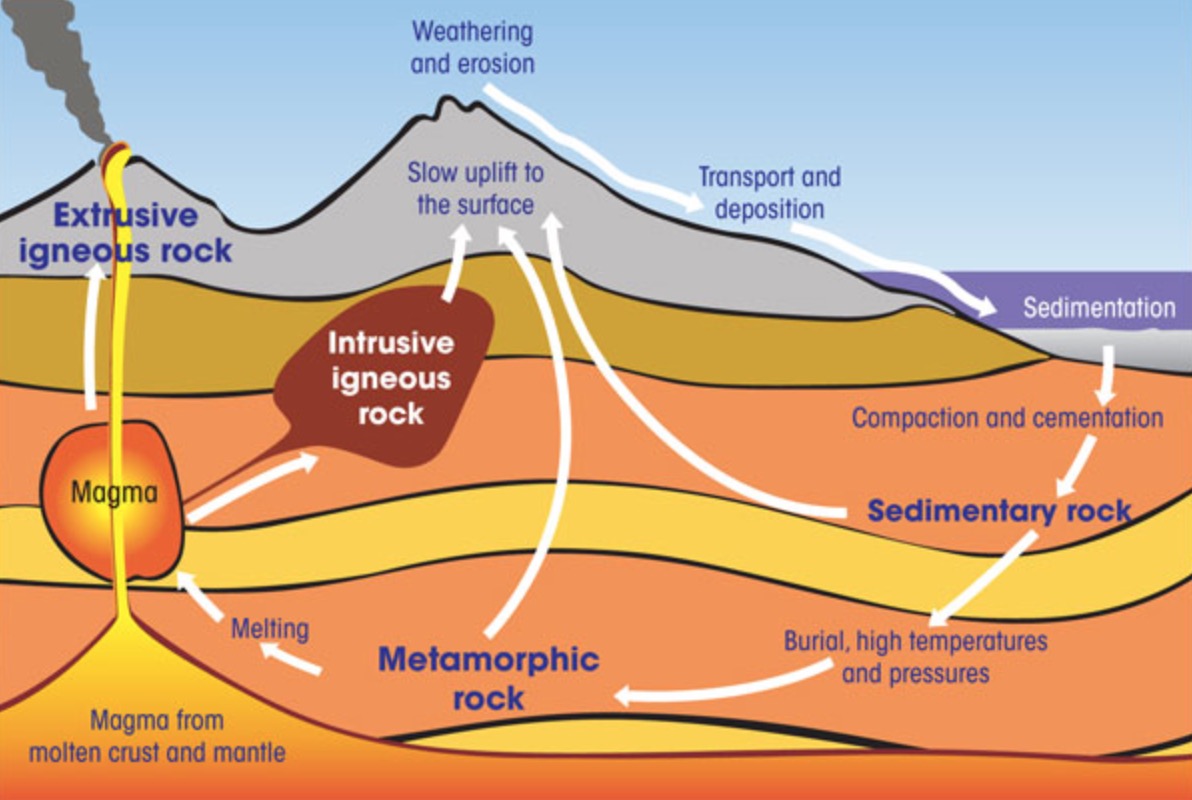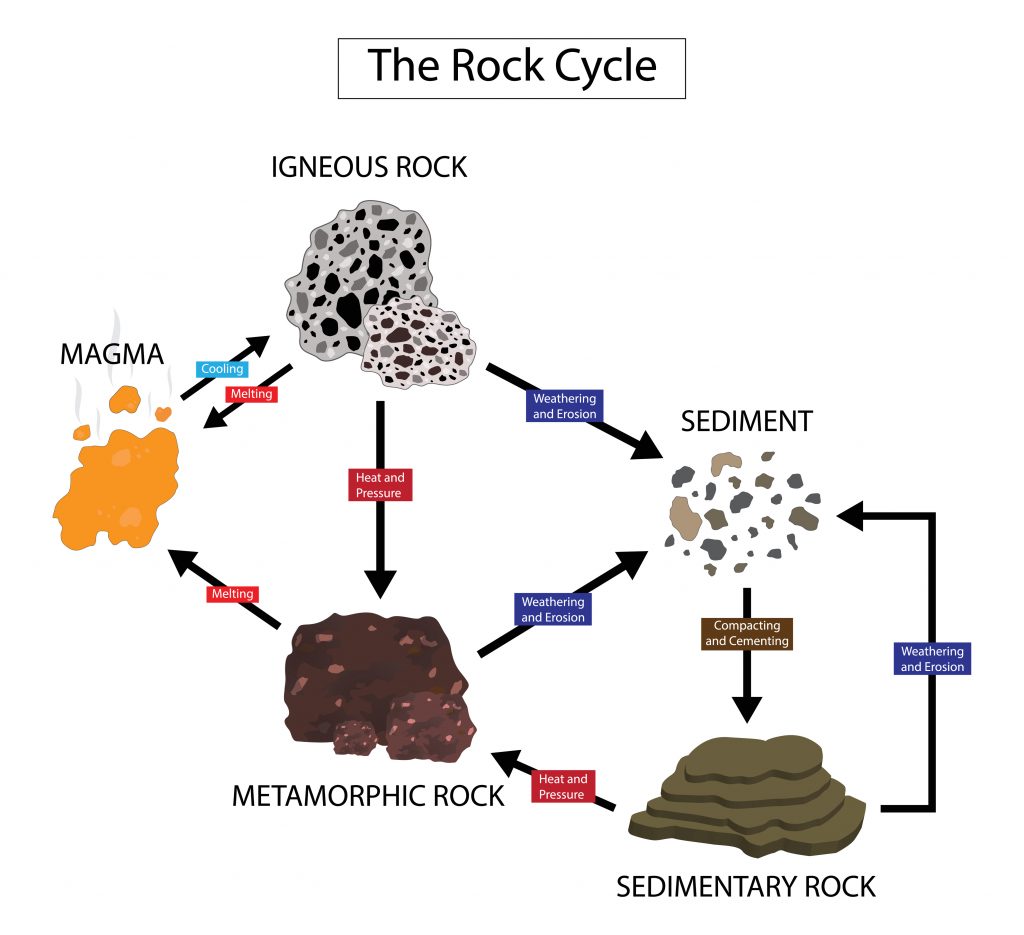Igneous Rock Formation Diagram
Igneous Rock Formation Diagram - Since their constituent minerals are. Igneous rocks comprise one of the three principal classes of rocks, the others being metamorphic and sedimentary rocks. Though they vary widely in. These include olivine, pyroxene, amphibole, biotite, and. Igneous rocks are formed from the solidification of magma, which is a hot (600 to 1,300 °c, or 1,100 to 2,400 °f) molten or partially molten rock material.
Though they vary widely in. These include olivine, pyroxene, amphibole, biotite, and. Since their constituent minerals are. Igneous rocks are formed from the solidification of magma, which is a hot (600 to 1,300 °c, or 1,100 to 2,400 °f) molten or partially molten rock material. Igneous rocks comprise one of the three principal classes of rocks, the others being metamorphic and sedimentary rocks.
Since their constituent minerals are. Igneous rocks are formed from the solidification of magma, which is a hot (600 to 1,300 °c, or 1,100 to 2,400 °f) molten or partially molten rock material. Though they vary widely in. These include olivine, pyroxene, amphibole, biotite, and. Igneous rocks comprise one of the three principal classes of rocks, the others being metamorphic and sedimentary rocks.
Fun Igneous Rocks Facts for Kids
Since their constituent minerals are. Though they vary widely in. Igneous rocks are formed from the solidification of magma, which is a hot (600 to 1,300 °c, or 1,100 to 2,400 °f) molten or partially molten rock material. Igneous rocks comprise one of the three principal classes of rocks, the others being metamorphic and sedimentary rocks. These include olivine, pyroxene,.
Geology Fundamentals Identifying Igneous Rocks in the Field Geology
Igneous rocks are formed from the solidification of magma, which is a hot (600 to 1,300 °c, or 1,100 to 2,400 °f) molten or partially molten rock material. Though they vary widely in. Since their constituent minerals are. These include olivine, pyroxene, amphibole, biotite, and. Igneous rocks comprise one of the three principal classes of rocks, the others being metamorphic.
How Are Igneous Rocks Formed? WorldAtlas
Igneous rocks comprise one of the three principal classes of rocks, the others being metamorphic and sedimentary rocks. Though they vary widely in. These include olivine, pyroxene, amphibole, biotite, and. Since their constituent minerals are. Igneous rocks are formed from the solidification of magma, which is a hot (600 to 1,300 °c, or 1,100 to 2,400 °f) molten or partially.
Igneous Rocks Definition, Types, Examples, & Pictures
Since their constituent minerals are. Igneous rocks comprise one of the three principal classes of rocks, the others being metamorphic and sedimentary rocks. These include olivine, pyroxene, amphibole, biotite, and. Though they vary widely in. Igneous rocks are formed from the solidification of magma, which is a hot (600 to 1,300 °c, or 1,100 to 2,400 °f) molten or partially.
lesson 4 Igneous rock formation YouTube
Since their constituent minerals are. Though they vary widely in. Igneous rocks are formed from the solidification of magma, which is a hot (600 to 1,300 °c, or 1,100 to 2,400 °f) molten or partially molten rock material. Igneous rocks comprise one of the three principal classes of rocks, the others being metamorphic and sedimentary rocks. These include olivine, pyroxene,.
Rocks Geography study Material & Notes
Igneous rocks comprise one of the three principal classes of rocks, the others being metamorphic and sedimentary rocks. Igneous rocks are formed from the solidification of magma, which is a hot (600 to 1,300 °c, or 1,100 to 2,400 °f) molten or partially molten rock material. Since their constituent minerals are. Though they vary widely in. These include olivine, pyroxene,.
Igneous Rocks Definition, Classification and Examples Geology News
Igneous rocks are formed from the solidification of magma, which is a hot (600 to 1,300 °c, or 1,100 to 2,400 °f) molten or partially molten rock material. Though they vary widely in. These include olivine, pyroxene, amphibole, biotite, and. Igneous rocks comprise one of the three principal classes of rocks, the others being metamorphic and sedimentary rocks. Since their.
Top 7 Differences Between Metamorphic Rocks and Igneous Rocks
Since their constituent minerals are. Though they vary widely in. These include olivine, pyroxene, amphibole, biotite, and. Igneous rocks comprise one of the three principal classes of rocks, the others being metamorphic and sedimentary rocks. Igneous rocks are formed from the solidification of magma, which is a hot (600 to 1,300 °c, or 1,100 to 2,400 °f) molten or partially.
Igneous/Sedimentry/Metamorphic Rocks Maya's Blog
These include olivine, pyroxene, amphibole, biotite, and. Igneous rocks are formed from the solidification of magma, which is a hot (600 to 1,300 °c, or 1,100 to 2,400 °f) molten or partially molten rock material. Igneous rocks comprise one of the three principal classes of rocks, the others being metamorphic and sedimentary rocks. Though they vary widely in. Since their.
A Beginner's Guide to Types of Rock Igneous, Sedimentary, and
Igneous rocks comprise one of the three principal classes of rocks, the others being metamorphic and sedimentary rocks. Since their constituent minerals are. Igneous rocks are formed from the solidification of magma, which is a hot (600 to 1,300 °c, or 1,100 to 2,400 °f) molten or partially molten rock material. These include olivine, pyroxene, amphibole, biotite, and. Though they.
Igneous Rocks Are Formed From The Solidification Of Magma, Which Is A Hot (600 To 1,300 °C, Or 1,100 To 2,400 °F) Molten Or Partially Molten Rock Material.
Since their constituent minerals are. These include olivine, pyroxene, amphibole, biotite, and. Though they vary widely in. Igneous rocks comprise one of the three principal classes of rocks, the others being metamorphic and sedimentary rocks.









